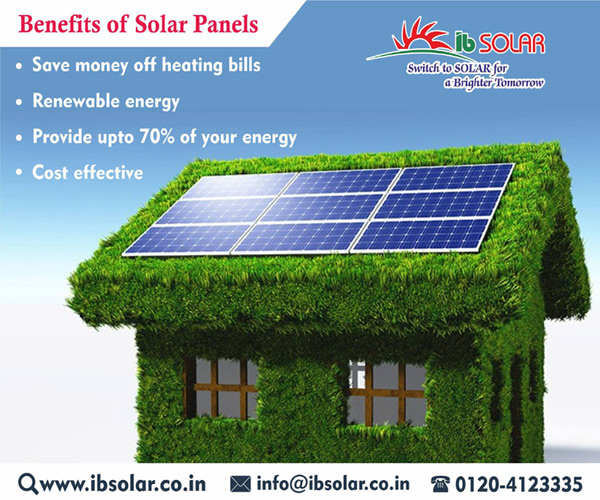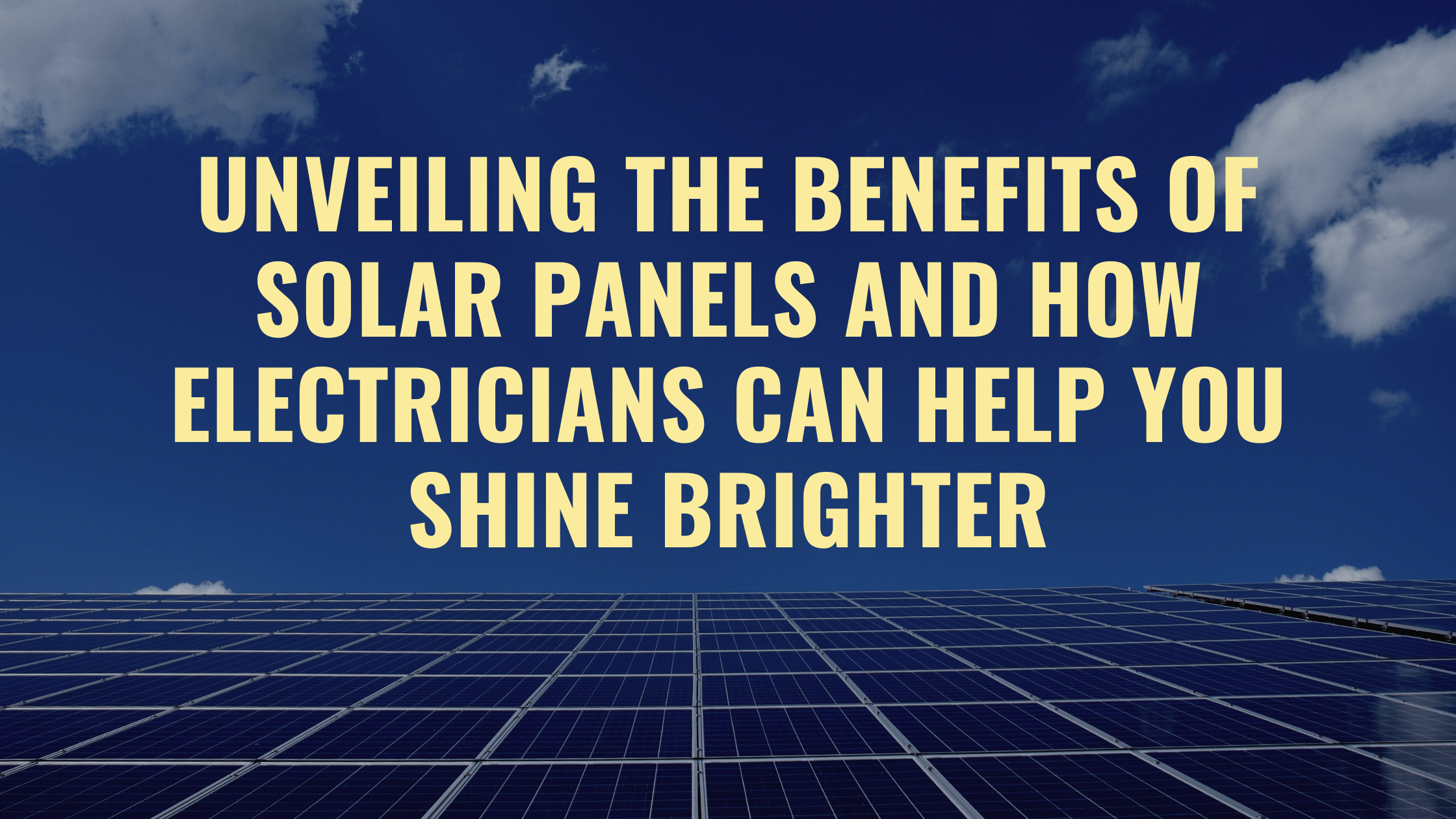Solar Power 101: A Novice's Overview to Sustainable Energy Solutions
As the world increasingly changes towards sustainable energy options, recognizing the principles of solar power comes to be crucial for both people and businesses. By discovering the advantages of solar modern technology, together with the monetary incentives and installation procedures, one can get a clearer perspective on how to effectively integrate this eco-friendly source right into their energy method.
Understanding Solar Power
At its core, understanding solar power includes realizing the basic principles of how sunshine can be exchanged useful electrical power. Solar power is stemmed from the sunlight's radiation, which can be used via numerous technologies. The primary device for this conversion is the photovoltaic impact. This phenomenon happens when sunshine strikes semiconductor products, generally silicon-based, within solar batteries. The energy from the sunlight excites electrons in the semiconductor, permitting them to move freely and generate straight current (DC) power.

Understanding solar power also includes identifying its environmental advantages. By making use of sunlight, we can alleviate greenhouse gas exhausts and decrease air contamination, contributing to a much more sustainable future. The innovations in modern technology and effectiveness of solar systems remain to improve their feasibility, making solar power an increasingly appealing choice for global power requirements.
Sorts Of Solar Power Solutions
Various kinds of solar power systems are typically used to harness solar energy for power generation. The key categories consist of solar (PV) systems, concentrating solar energy (CSP) systems, and solar thermal systems.
Photovoltaic or pv systems use photovoltaic panels composed of silicon cells that transform sunlight straight into electrical power. These systems are versatile and can be mounted on roofs, ground places, or integrated right into building materials.
Concentrating Solar energy systems, on the other hand, employ mirrors or lenses to concentrate sunlight onto a small location, creating warm that drives a steam generator to produce power - Simply Solar Illinois. CSP systems are typically released in massive power plants and require direct sunlight, making them less ideal for gloomy regions

Each kind of solar power system has its distinct attributes, applications, and suitability relying on geographic place, energy requirements, and budget plan, making it important to examine try this website alternatives based on details situations. - Simply Solar Illinois

Advantages of Solar Energy
Utilizing solar power via different systems not just provides a sustainable way to create electricity but likewise uses a plethora of advantages. Among one of the most considerable benefits is the decrease in greenhouse gas discharges, adding to a cleaner atmosphere and combating climate change. Solar energy is renewable, meaning it is limitless and offered as long as the sun shines, unlike fossil fuels, which are limited and diminishing.
In addition, solar power can bring about considerable expense financial savings with time. House owners and services can decrease their electrical power costs dramatically, and in lots of situations, they may gain credit reports for excess energy generated with net metering. In addition, the solar market develops tasks, from manufacturing to setup, stimulating local economic situations.
One more engaging benefit is power freedom. By creating their own electrical power, individuals and neighborhoods can reduce reliance on exterior energy sources, boosting resilience versus varying energy rates and supply disturbances. Solar power systems call for minimal upkeep, making them a practical alternative for sustainable energy generation.
Installation Process Summary
The setup procedure for solar power systems commonly involves several essential actions that make certain effective combination into a home. A thorough website analysis is performed to evaluate the roof's orientation, shading, and structural stability, which are essential to maximizing solar panel efficiency. Following this evaluation, the style phase begins, where a tailored solar energy system is configured based on the Homepage property owner's energy needs and choices.
As soon as the layout is settled, the required permits and approvals are gotten from neighborhood authorities, making certain conformity with guidelines. The actual installation entails placing the solar panels on the roofing system or ground, connecting them to an inverter, and incorporating the system with the home's electrical arrangement. This phase might likewise include mounting battery storage space systems, depending on the design.
After setup, a detailed assessment is performed to validate the system's capability and security. Finally, the system is appointed, and home owners are enlightened on its procedure and upkeep. With the installment full, the solar power system can begin creating sustainable energy, adding to sustainability and reducing utility prices. This organized method guarantees that solar systems are both reliable and reliable, optimizing their lasting advantages.
Financial Incentives and Cost Savings
Checking out the monetary rewards and cost savings connected with solar energy systems can considerably improve the allure of making the button their website to sustainable energy. One of the most noteworthy incentives is the federal solar tax credit rating, which permits homeowners to deduct a percentage of their solar system installment prices from their government taxes.
In addition to tax obligation credits, many states provide discounts that can additionally decrease ahead of time costs. Some energy companies also offer performance-based incentives, rewarding solar power production over time. Funding choices, such as solar finances and leases, enable consumers to mount systems with little to no deposit, making solar power extra accessible.

Long-term cost savings are an additional critical element. By producing their very own electricity, house owners can dramatically reduce and even eliminate their regular monthly energy expenses. Furthermore, solar systems can boost home worths, giving a strong roi. Overall, the combination of incentives and savings makes solar power an economically attractive choice for many homes.
Final Thought
Finally, solar power stands for a vital part of lasting energy solutions, giving a path toward reduced carbon impacts and improved environmental protection. The diverse kinds of solar energy systems, combined with significant economic motivations, help with broader fostering amongst people and neighborhoods. Understanding the installment processes and advantages connected with solar energy encourages stakeholders to make educated decisions. Inevitably, the shift to solar power not only fosters eco-friendly obligation but additionally advertises economic financial savings and energy freedom.